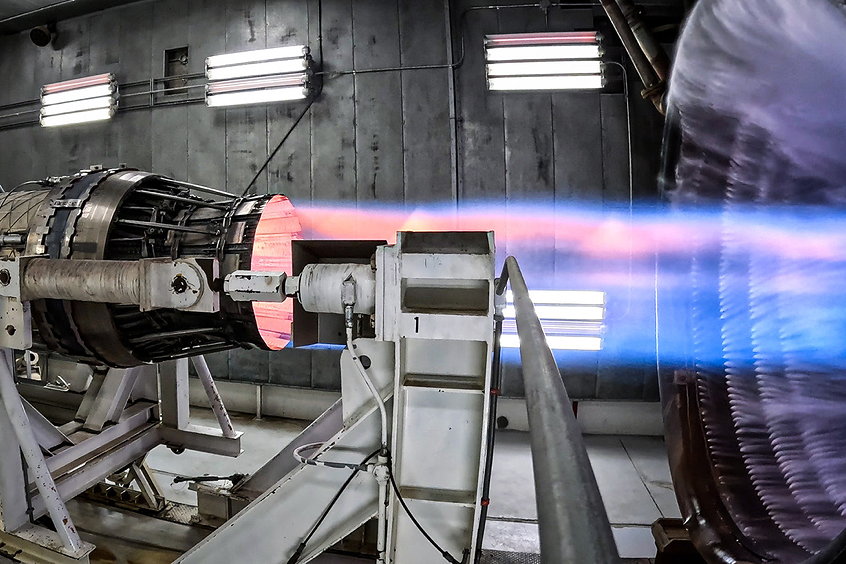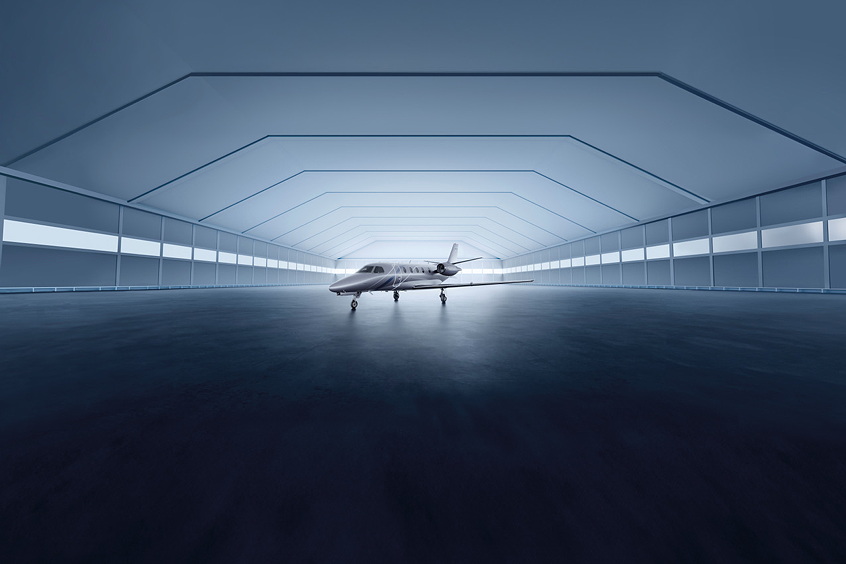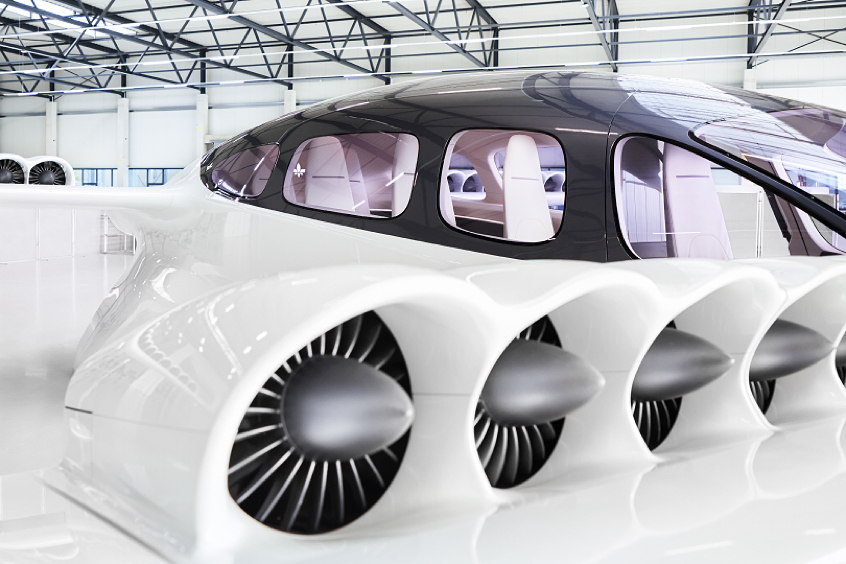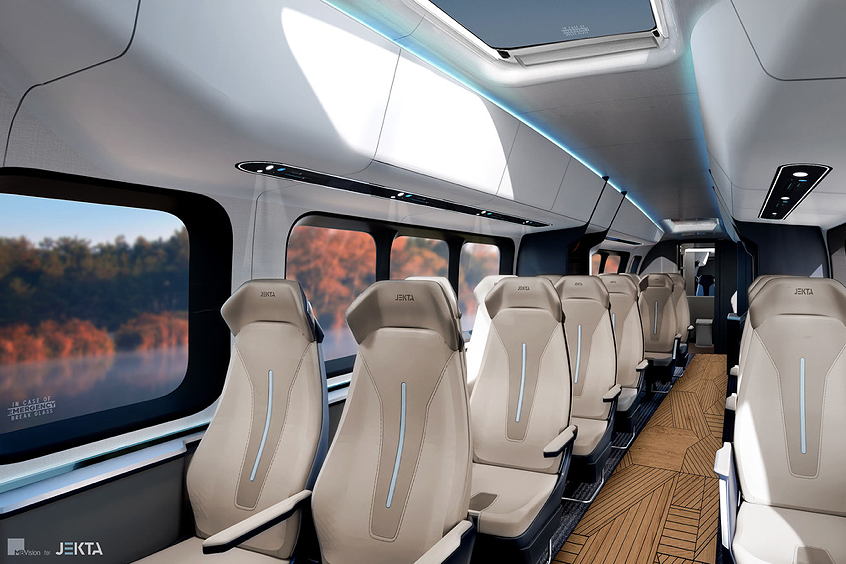PRESS RELEASE
Issued by: H3 Grob Aircraft AG
The aviation industry is increasingly focused on the environment. Airlines have undertaken various initiatives to reduce their carbon footprint. Manufacturers of airliners increasingly employ lighter materials to reduce fuel consumption. Carbon fibre in particular is robust and low in weight.
Carbon fibre is a green and cleaner solution in two ways: it reduces fuel consumption and proves more environmentally friendly in the aircraft construction process. Grob Aerospace – a pioneer in composite technology--has taken the next logical step in green production by building an entire business aircraft from carbon fibre, using low temperature and pressure curing processes. The company's all composite spn light business jet is one of the 'greenest' aircraft ever built in its category, in terms of both manufacture and operation.
Greener manufacturing technology
Owing to its composite construction and Grob Aerospace's adoption of low temperature and pressure curing processes it is cleaner to manufacture than comparable aluminum aircraft as well as conventionally cured composite aircraft structures. Grob Aerospace's "wet-in-wet" technology developed to cure aircraft composite structures is inherently energy efficient because it does not require high-temperature autoclaves for curing. Instead, structures are cured at relatively low temperatures of 60-80 degrees Celsius, which gives an up to 25% reduction in primary energy consumption for the production of the spn airframe. Thus, compared to an all-aluminum airframe structure the energy needed for the production of the spn airframe leads to a 25-38% reduction in related CO2 emissions.
Less raw materials and energy
Composite construction compared with aluminum places lower demands on the use of raw materials and energy in its processes. Whereas 33 kg of basic raw materials are required to produce one kilogram of the final product of an aluminum aircraft, only five kilograms of raw materials are required to produce one kilogram of the final product of a spn. Set against a comparable aluminum aircraft, manufacture of the spn achieves up to 82% savings in residues from ore extraction and between 67% and 90% lower use of non-regenerative resources. The very little use of chemical solvents during the entire production process of the spn leads to a 16-28% lowering in emissions from NMVOC (Non-Methane-Volatile-Organic-Compounds). For the production of metal aircraft anodic oxidation as protective coating is required against corrosion. This coating includes chromic acids, is highly energy intensive and causes highly toxic waste waters. In the production of aircraft made of carbon fibre none of these toxic substances are used.
Fuel efficiency of the spn
The spn is the world's only all-composite business jet and its lightweight construction, combined with efficient state-of-the art Williams FJ44-3A engines, deliver significant environmental savings in terms of fuel efficiency.
The aircraft with its maximum ramp weight of 14,000 lbs burns fuel more efficiently and has a better specific range under most conditions than a comparable weighted all-aluminum business jet. On a typical trip of 600 nm, the mean distance covered by all jet-engine powered business aviation flights in Europe, the spn achieves 35% fuel burn savings than comparable cabin sized all-aluminum aircraft, equating to 725 kg savings in climate relevant CO2 emissions. This leads to savings of approximately 240 tons of CO2 emissions, or 80 tons of fuel, when flown 200,000 nm on mean-distance trips per year per aircraft.
"Business aviation travelers can now make a conscious decision and choose to fly on one of the most efficient aircraft available, the spn, and we are now delighted to offer them the business aircraft with the best environmental footprint in its class," said Niall Olver, Chief Executive Officer, Grob Aerospace.
| Contact details from our directory: | |
| H3 Grob Aircraft AG | Airframer |
Weekly news by email:
See the latest Bulletin, and sign up free‑of‑charge for future editions.

Hermeus begins precooler testing with P&W F100 engine

Citation Ascend programme advances with certification tests and flight testing

Lilium to expand industrial footprint in France
